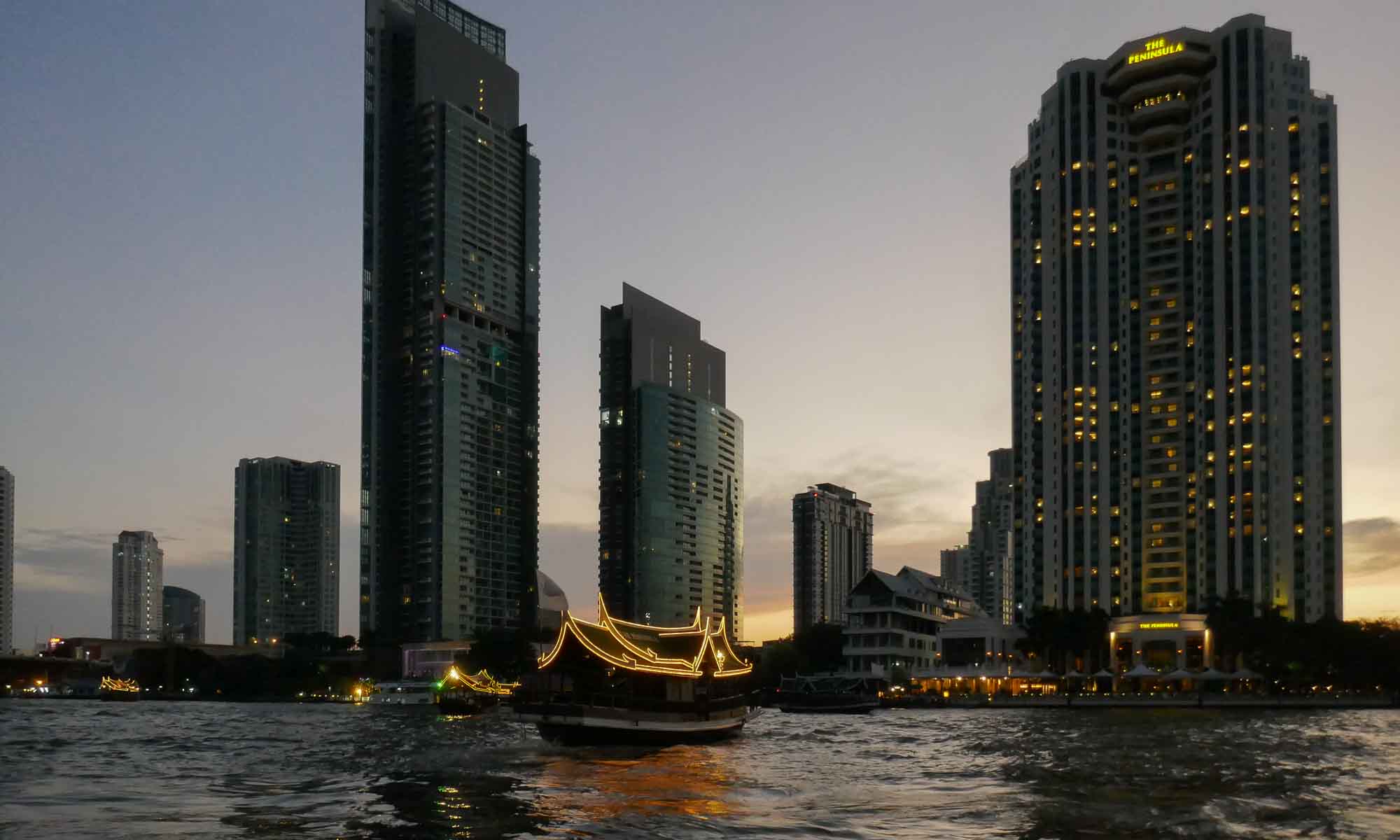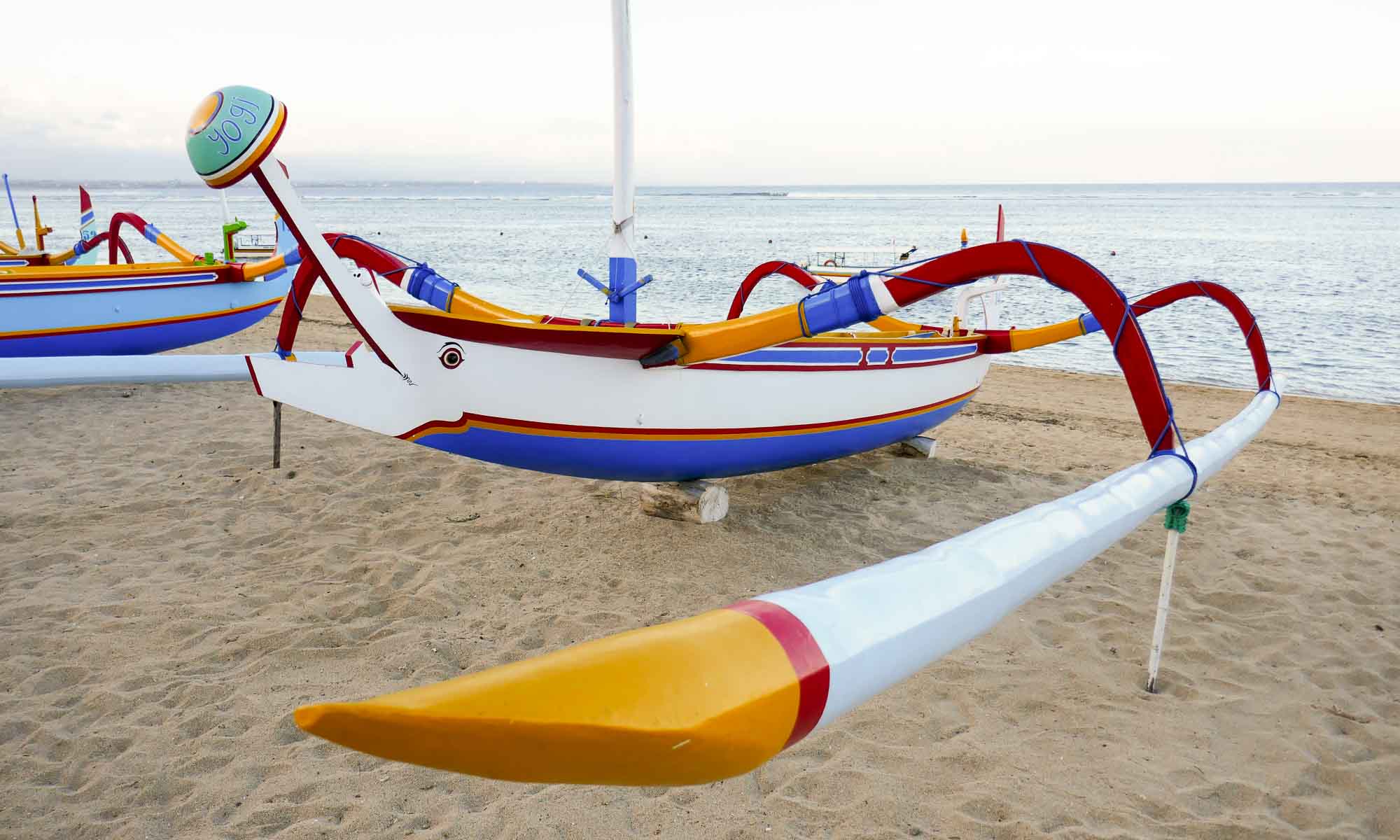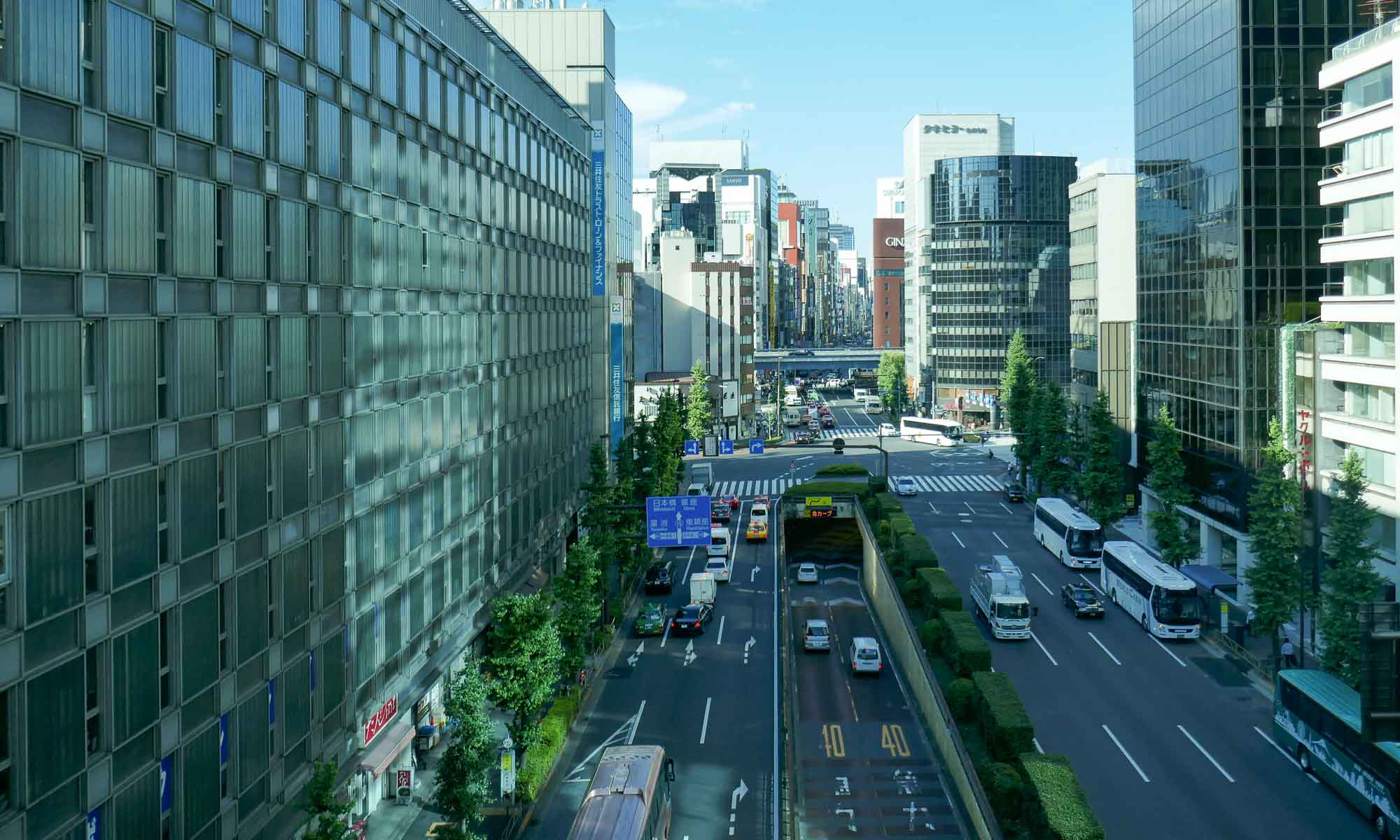For anyone that has seen the movie King and I, with King Mongkut of Siam and Anna the English school teacher of the kings’ children, coming to Bangkok will bring back memories of the colourful costumes, the dozens of wives and kids, and the requirement of the king that no one should ever be higher than him. While we have no clue if that was ever the requirement of the late King Bhumibol Adulyadej who died in October 2016 after having reigned for over 70 years, what is a fact is that it is illegal to talk badly of the king. This is a crime that can result in imprisonment. The late king, one of the world’s richest royals, is thought to have brought the country through several tough periods, and was instrumental in Thailand’s transition to a democratic system. After the death of the king, the country entered into a year-long mourning period, which will end in October 2017, subsequent to which he will be cremated. As part of the great respect Thai’s have for their king, portraits of the late king can be found almost everywhere.
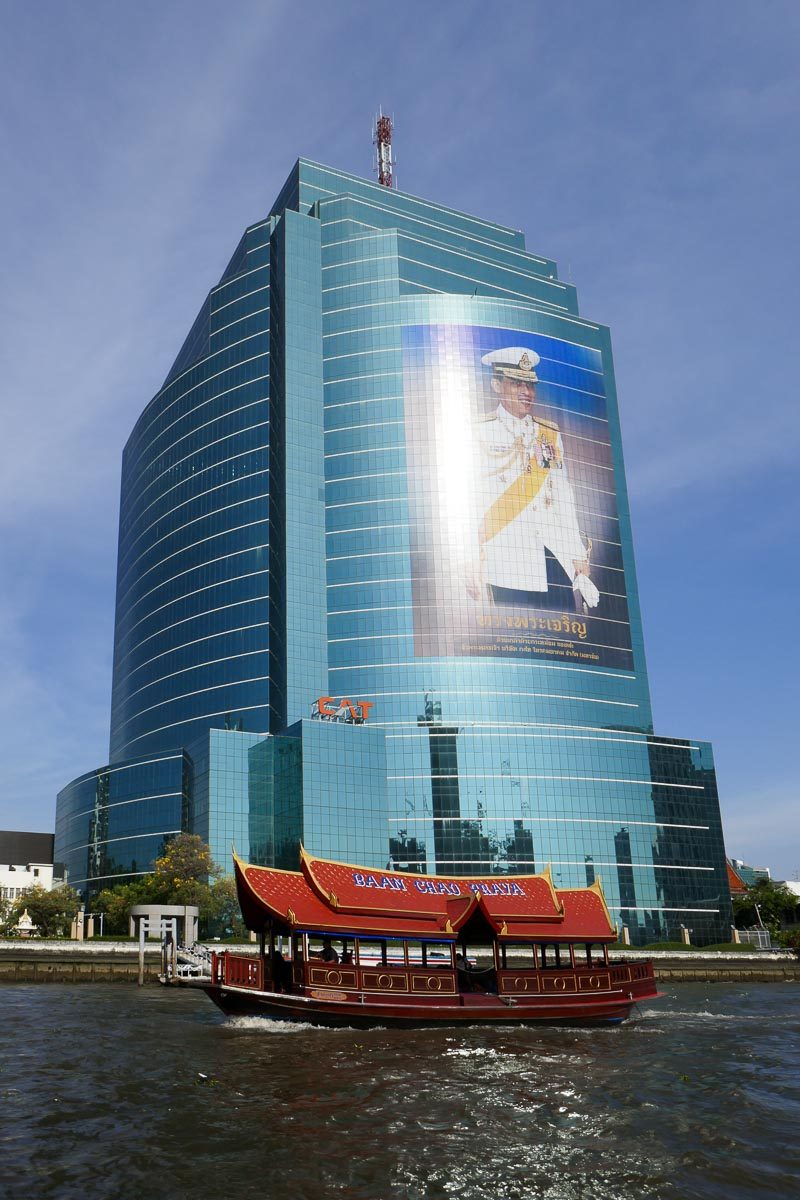
Bangkok, the capital of Thailand is a bustling city with millions of scooters (motor bikes) battling for the same few inches of blacktop. With a population of over 8 million, including over half a million expats, and approximately 50% owning a motorbike, the cacophony of horns can be heard throughout the city. Depending on where you are in the city, similar to New York, it can seem that the city never sleeps, and a city that caters for all individuals, however they may roll. Of course being a city, it is paramount that one is aware of the scams that can abound, and unfortunately similar to a few other areas in SE Asia, once a local Thai approaches you and converses in English it is essential to be on guard, despite this we found Thais to be very friendly and helpful.

Highlights of Bangkok
We had a total of three full days in Bangkok, which for us was more than enough to capture the main highlights. These included the following:
Jim Thompson House
After visiting Cameron Highlands earlier on our trip and walking in the footsteps of Jim Thompson, it was of course a no brainer that our first port of call in Bangkok would be his house.
Jim Thompson was an American, ex-architect and retired army officer who helped to revive the craft of hand weaving silk in Thailand. He disappeared in March 1967 while on a visit to the Cameron Highlands, and till now there has been no trace of him. In 1958, he began the construction of his house combining six teak buildings which were at least two centuries old. In its entirety the design and construction of the house adhered to Thai architectural customs, and upon completion he filled the house with various antiques he had collected. The house which has now been turned into a museum is set amidst very lush gardens, a contrast to the rest of the city.
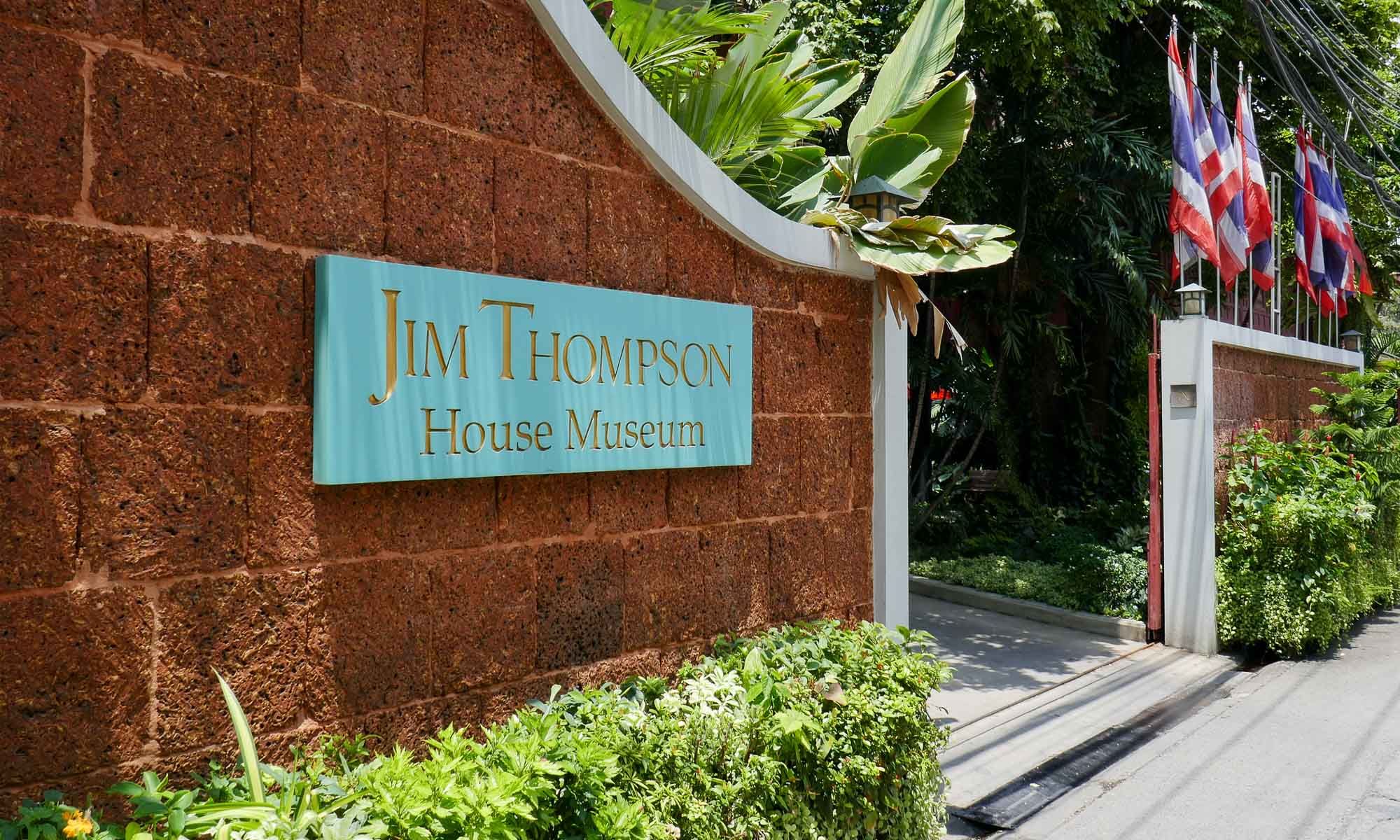
The house is located a short walk from the National Stadium BTS Skytrain station, and as we made our way down Soi Kasemsan 2 in the heat, we were picked up by the museum shuttle for the 150m walk, which was much appreciated (the shuttle service runs every 15 minutes). The house can only be visited as part of a guided tour which is provided in English, French or Thai. Though it is not permitted to make pictures inside, pictures can be taken in the gardens and the courtyards. It is open from 9 am to 5 pm and the entrance fee was THB 150.

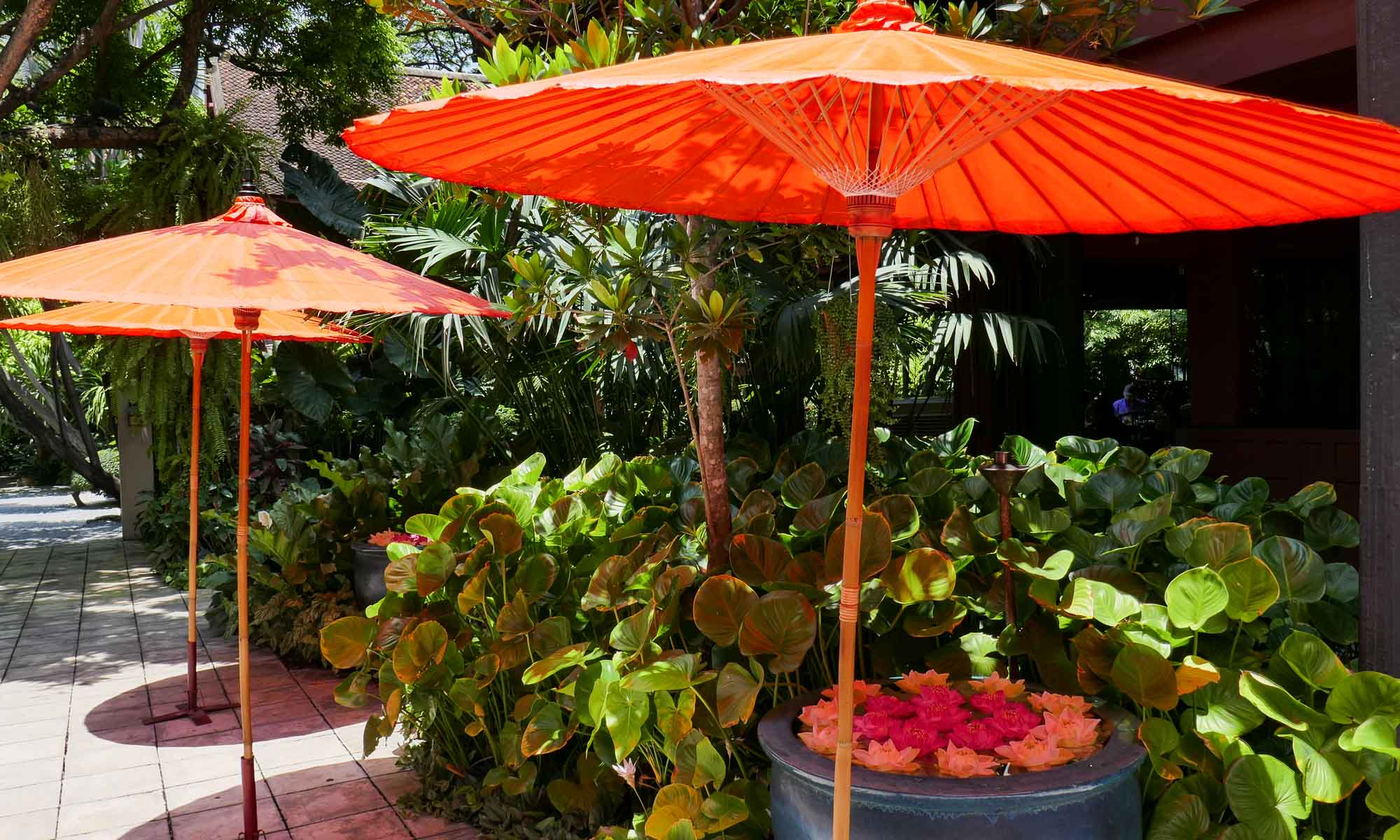

Bangkok Art and Cultural Centre (BACC)
We came across this place while looking for somewhere to have a cup of coffee and get out of the sun. The BACC is a place where both local and international artists can exhibit their work. We noted a number of interesting exhibits and came across a number of artists completing live portraits. Within the building, there are also a number of artsy shops and cafés. Currently admission is free.
Water cruise
While there are several options of cruises to ferry visitors up and down the Chao Phraya river, the most cost effective way is to board a Chao Phraya express boat at THB 14 one way. There are four different routes (white, orange, green and yellow flags). The best option for tourists is the orange flag route, which skips a number of stops, and runs from the Nonthaburi Pier to Wat Rajsingkorn pier.
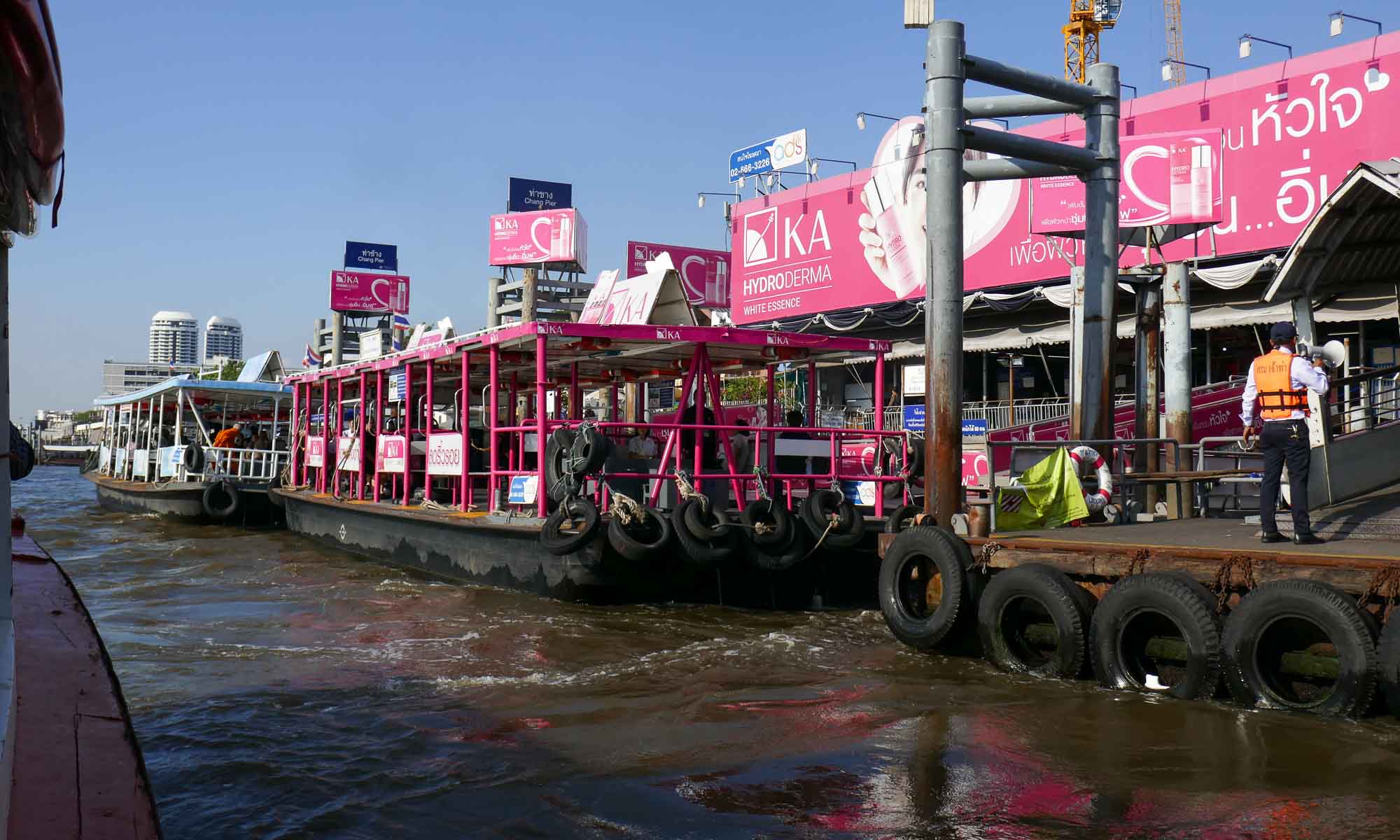
The express boat is used mostly by locals and is a nice way to get off the typical tourist route. While there is not much to see once you pass the Rama 7 bridge, it is a relaxing boat ride which provides insight into the daily activities of the locals. Apart from the gentle rambling from the engine, the main sounds that you hear on the boat are a series of whistles from the conductor (who is located at the back of the boat) to indicate to the driver if a stop is required, or if all passengers had boarded and the boat could resume its journey.
We actually found out that the express boat can actually be much more convenient than the BTS Skytrain or MRT, and after visiting the Grand Palace used it to make our way back to the hotel.

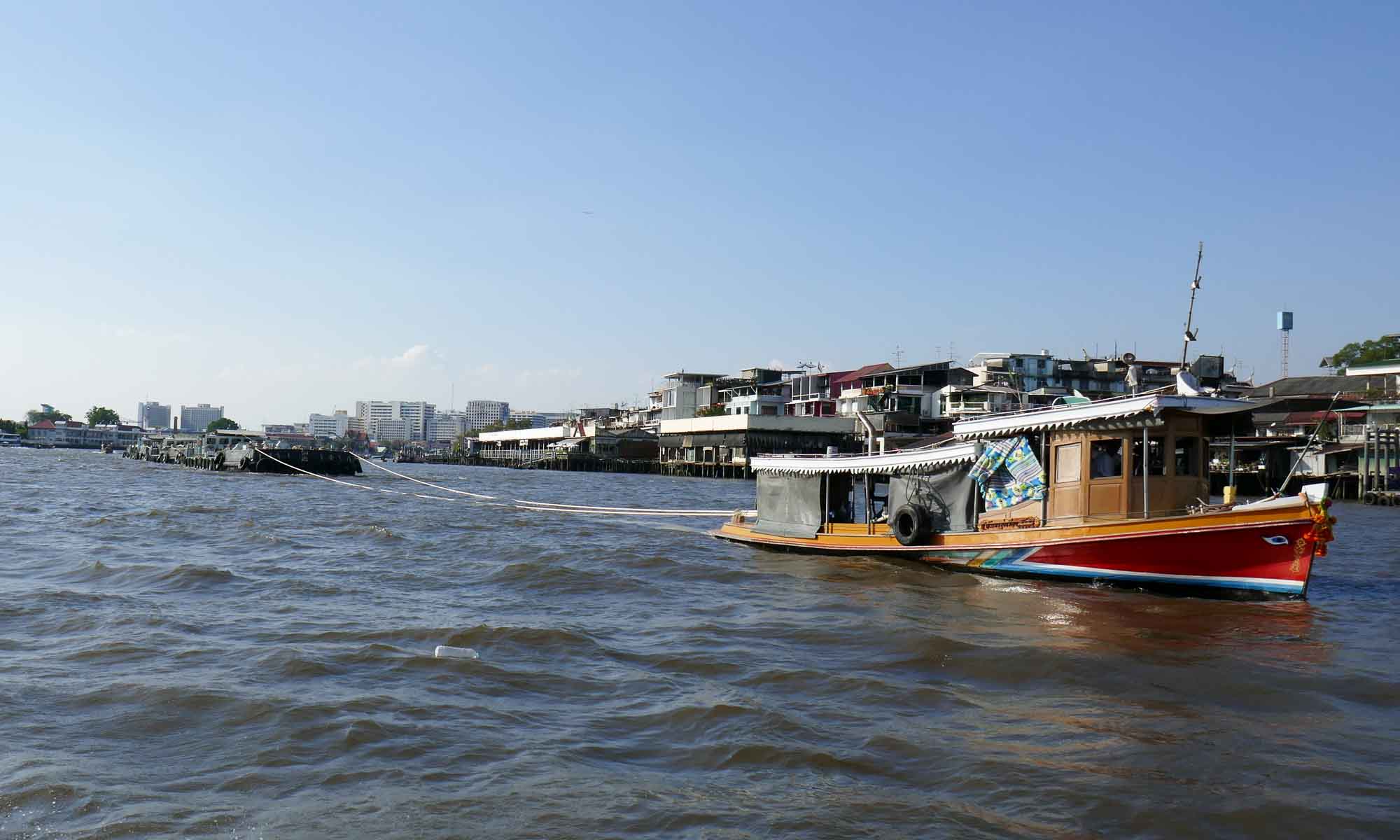

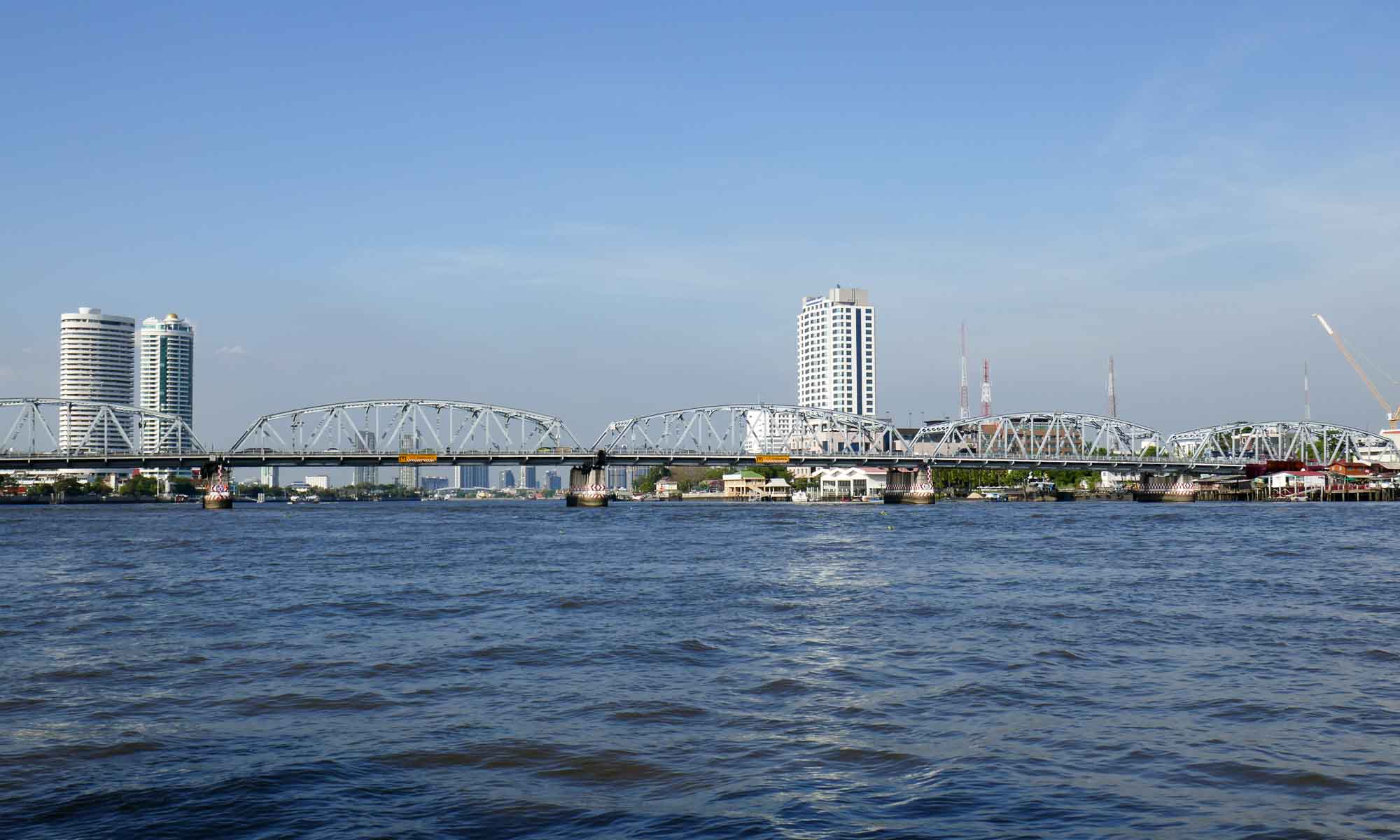
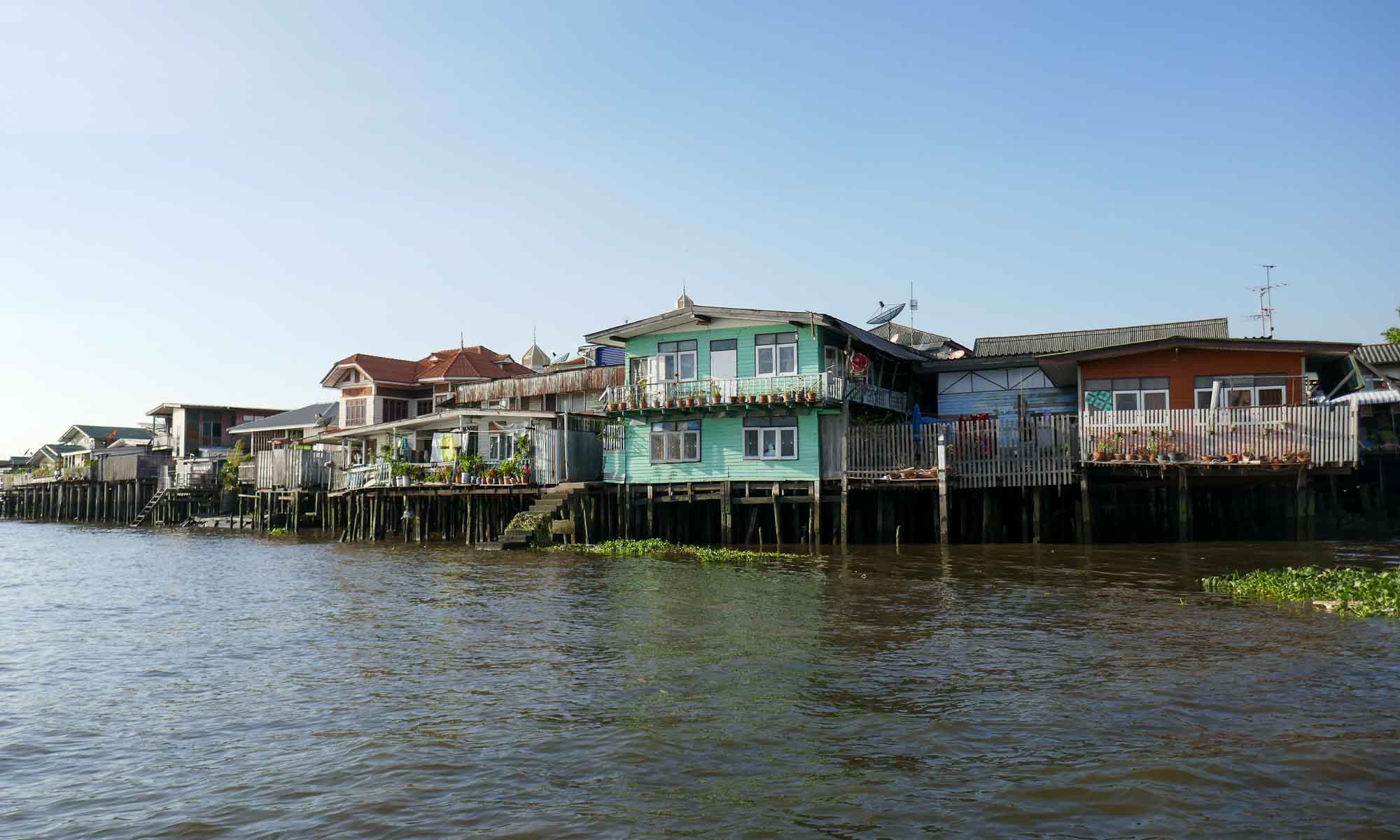
Chatuchak Weekend Market
We were fortunate to have a weekend in Bangkok, which enabled us to visit this market. This is the largest market in Thailand with over 8,000 stalls. The market sells everything from antiques to fake Birkenstocks and is thought to also trade in illegal wildlife. Despite the size of the market, and the number of visitors it was clean and orderly. We spent several hours meandering through the market and with Bert perfecting his haggling skills we left the market with what we thought were some bargains. As is the case for most markets, street food can be found located at some point in the market, however, due to the heat we opted for Toh-phue, a restaurant with an air-conditioned section.
A distinctive landmark within the market is the clock tower that was built to mark the occasion of the late kings 60th birthday. The market is accessible via BTS Skytrain Mo Chit and MRT Chatuchak.

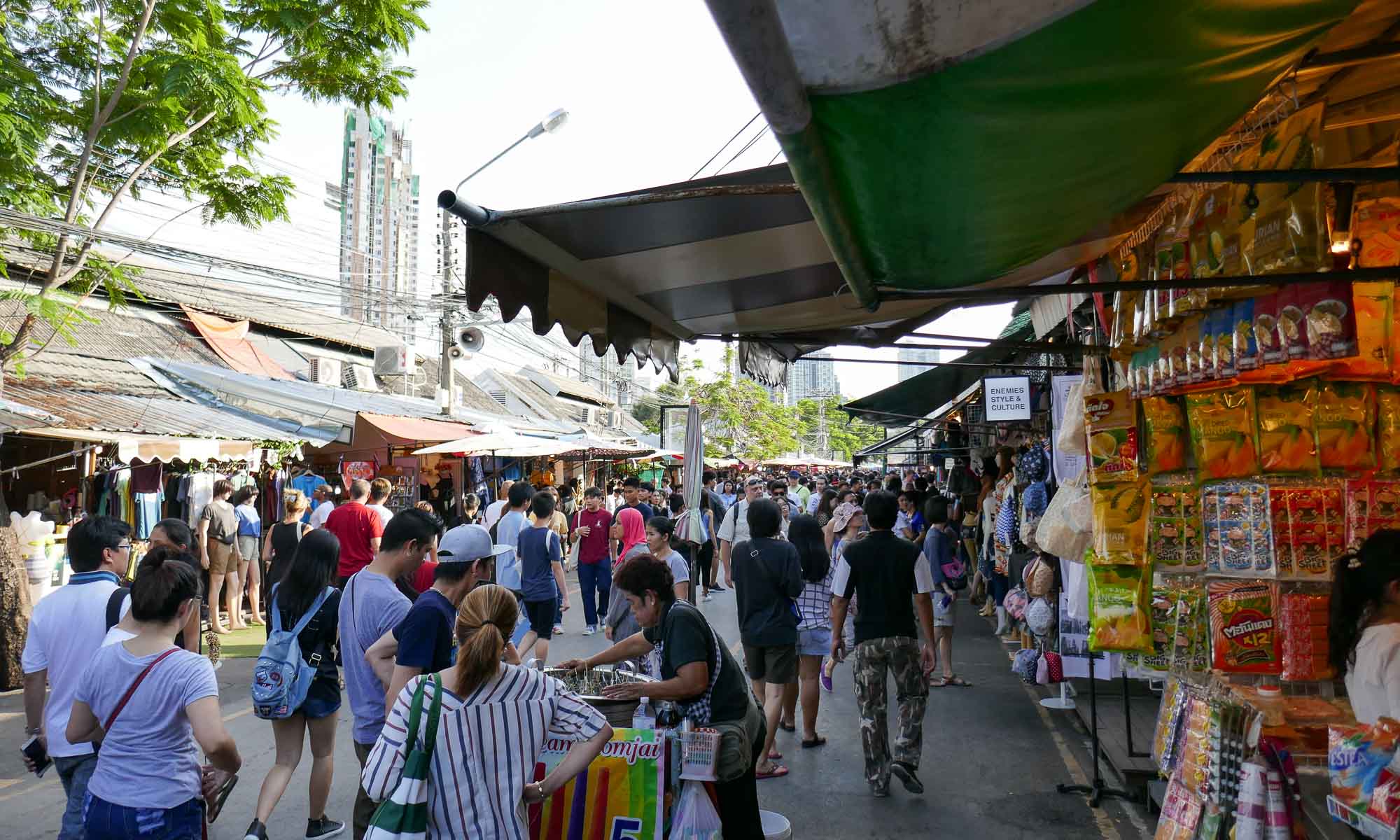
Grand Palace
On my first visit to Bangkok, I drove by the Grand Palace and barely got a glimpse of the majestic nature of the place. What that glimpse did provide however, was the fact that the grandiosity of the palace certainly contrasted with the surrounding neighbourhood. Nevertheless during this visit we decided to enter the grounds of the palace. While we had done some research as to the required dress code for women when visiting the palace, we were amiss on the dress code required for men. This resulted in the last minute purchase of what we have come to call “temple trousers”. All shoulders and knees have to be covered and for men it is not acceptable to even attempt to use a scarf or sarong to cover up. Several stores outside the main entrance sell these temple trousers and with the demand are sure able to charge whatever prices they wish.
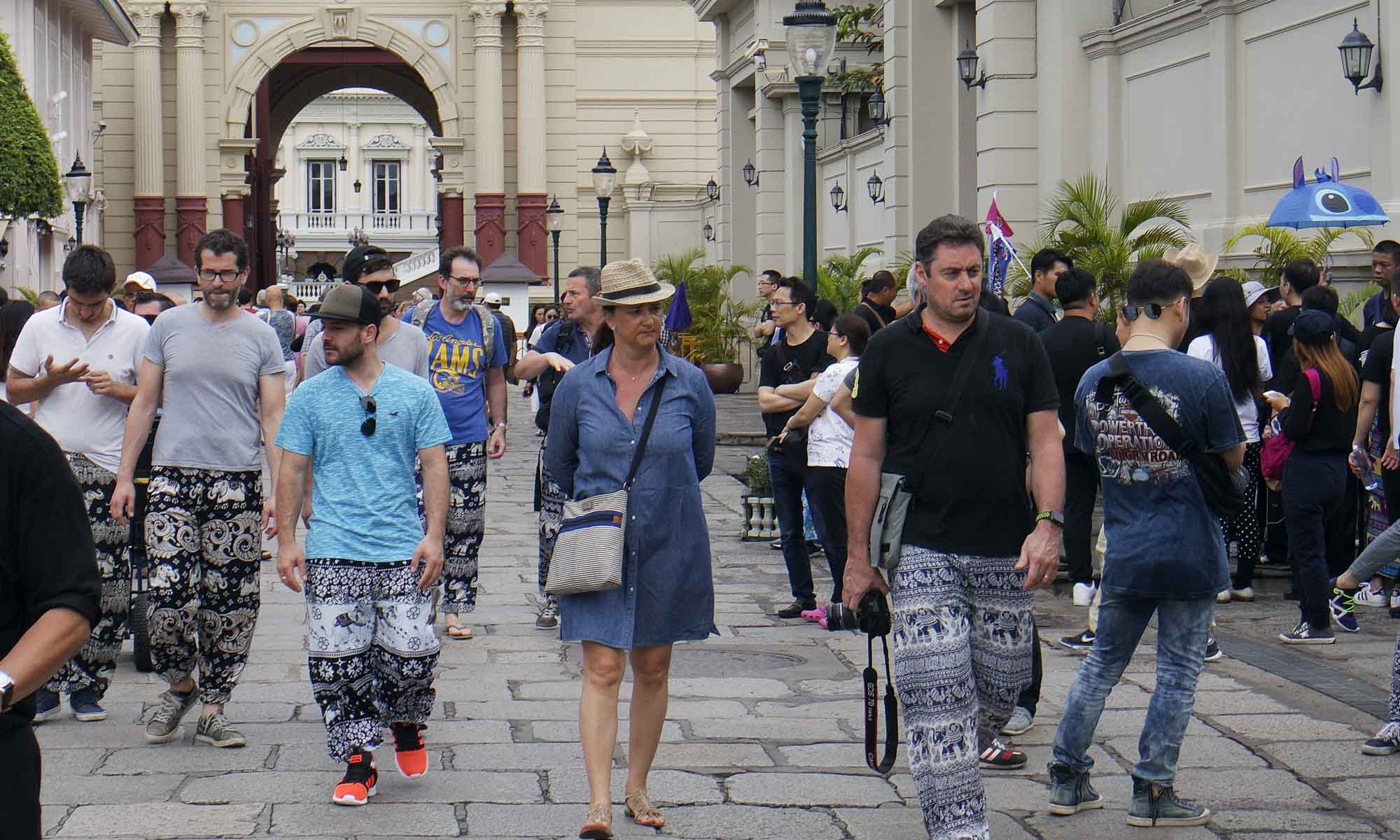
From 1782 to around 1925, the Grand Palace had been the official residence of the King of Siam. The late King Bhumibol Adulyadej and the current King both chose to reside at Dusit Palace which is a stone’s throw north east of the Grand Palace. The Grand Palace is actually a complex with several buildings the most significant of which is Wat Phra Kaew (the temple of the Emerald Buddha). Among the buildings is a model of Angkor Wat, which King Mongkut built so that his subjects could see what the Khmer ruins looked like.
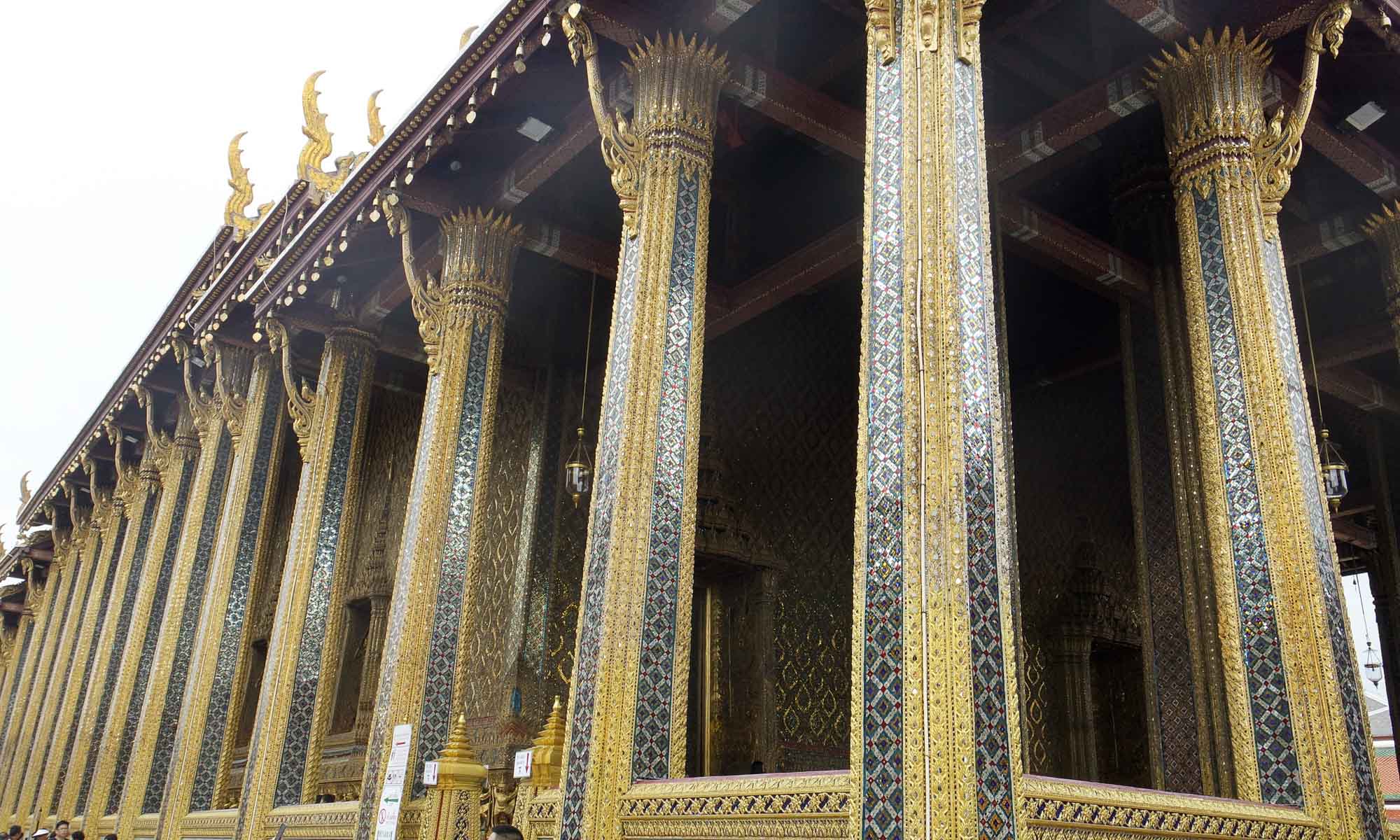
The Grand Palace is open daily from 8:30 am, and by the time we arrived around 9:00 am, there was a long queue running down Na Phra Lan road. Despite this, once we actually entered the grounds, there was no queue to buy tickets, which cost THB 500 per person. We took a taxi to the palace though with better planning, the water taxi would have been the cheapest option.
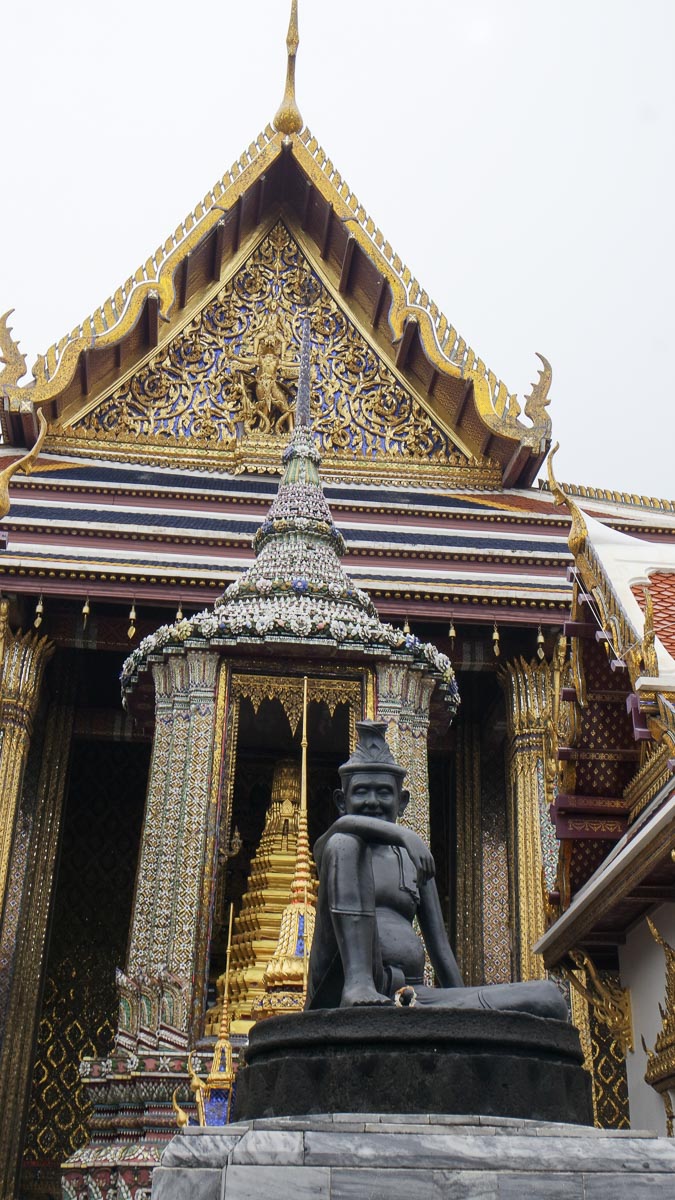
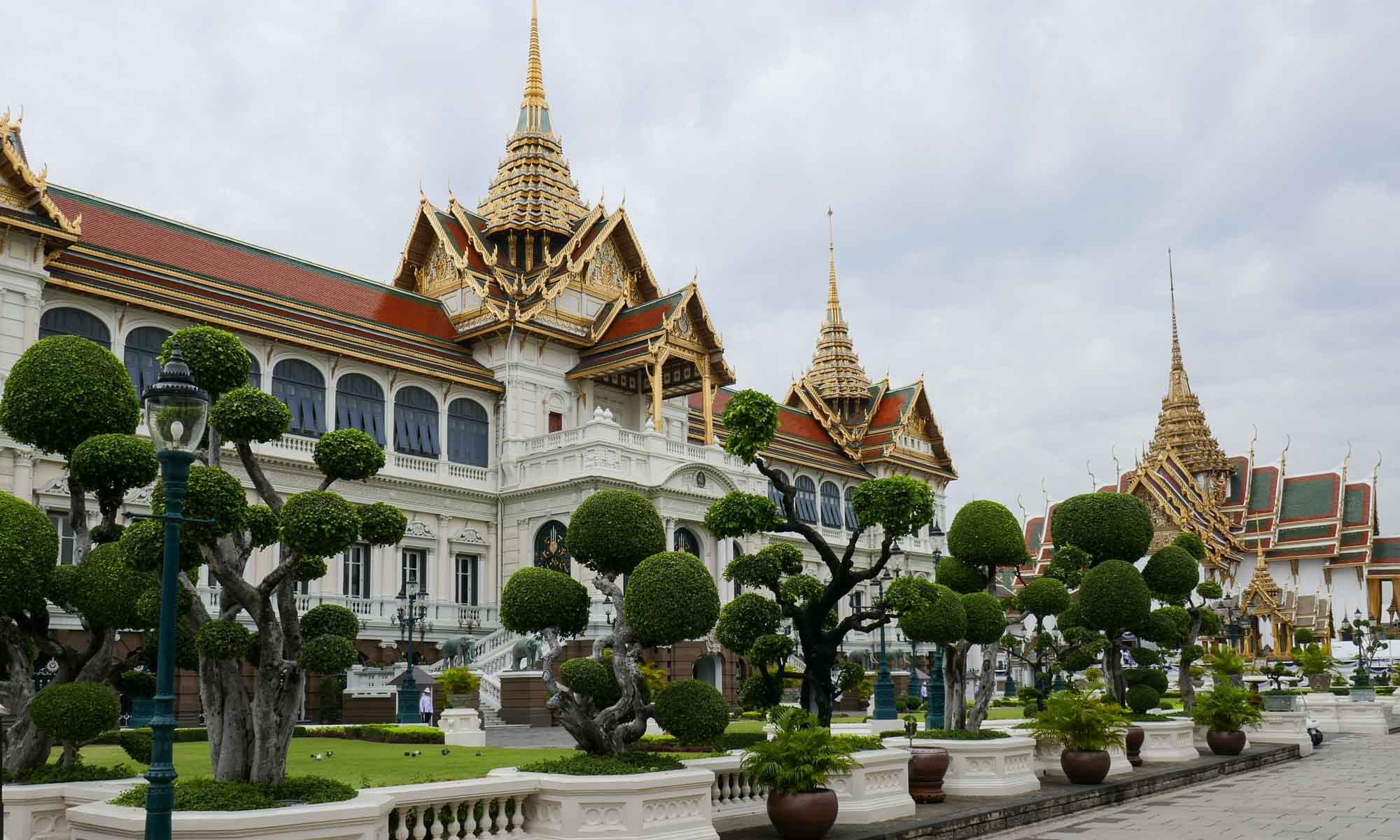
Maeklong Train Market
The Maeklong Train Market is also known as Talat Rom Hup, which translates as umbrella pulldown market. Located roughly 75 km from Bangkok, this market is famous solely for the fact that a train runs smack through the middle of it several times a day. The shop fronts or stalls of the market traders are located so close to the train tracks or even on the train tracks that anytime a train approaches, the awnings and store fronts which are usually on small roller balls or wheels, have to be quickly pulled back. While it might seem that this is strictly a tourist attraction given the number of tourists that come to see this spectacle, it is a fully functioning market selling everything from vegetables to seafood.

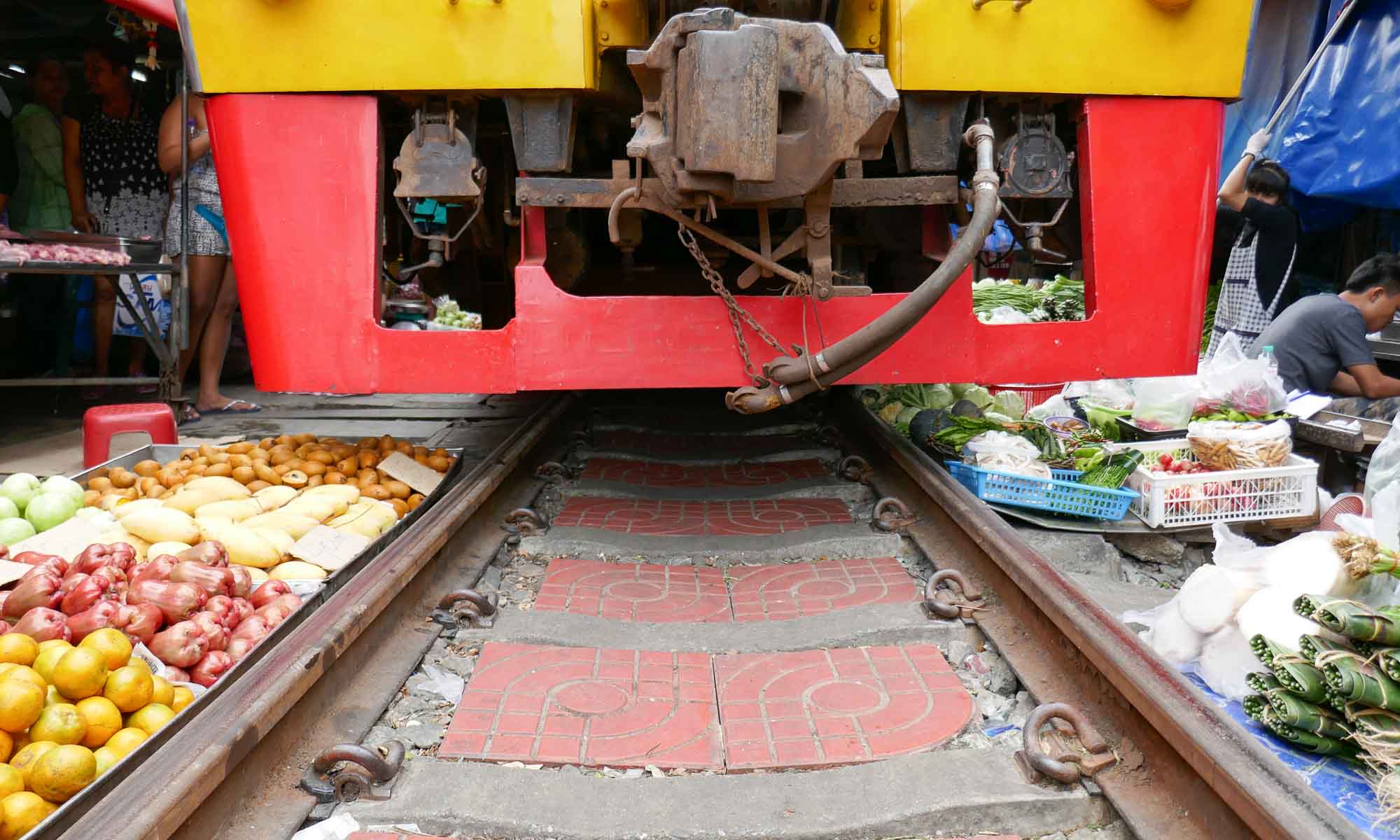

Floating markets
Floating markets are very common in Asia and a number of them continue to be in existence solely for the revenue generated from tourists. One such market is Damnoen Saduak. This market is no longer frequented by locals instead you will see boat loads of tourists stuck in a boat queue next to boats of market traders attempting to sell over priced products to the rich tourists. While it does provide lots of picture taking opportunities, in our opinion a better market to visit is Amphawa Floating Market. This is located much closer to the Maeklong train market and is still used by locals. Unfortunately we visited on a Sunday, as such the market was very quiet. Though there were only a few boats on the river, walking through the shops along the river was an enjoyable experience.
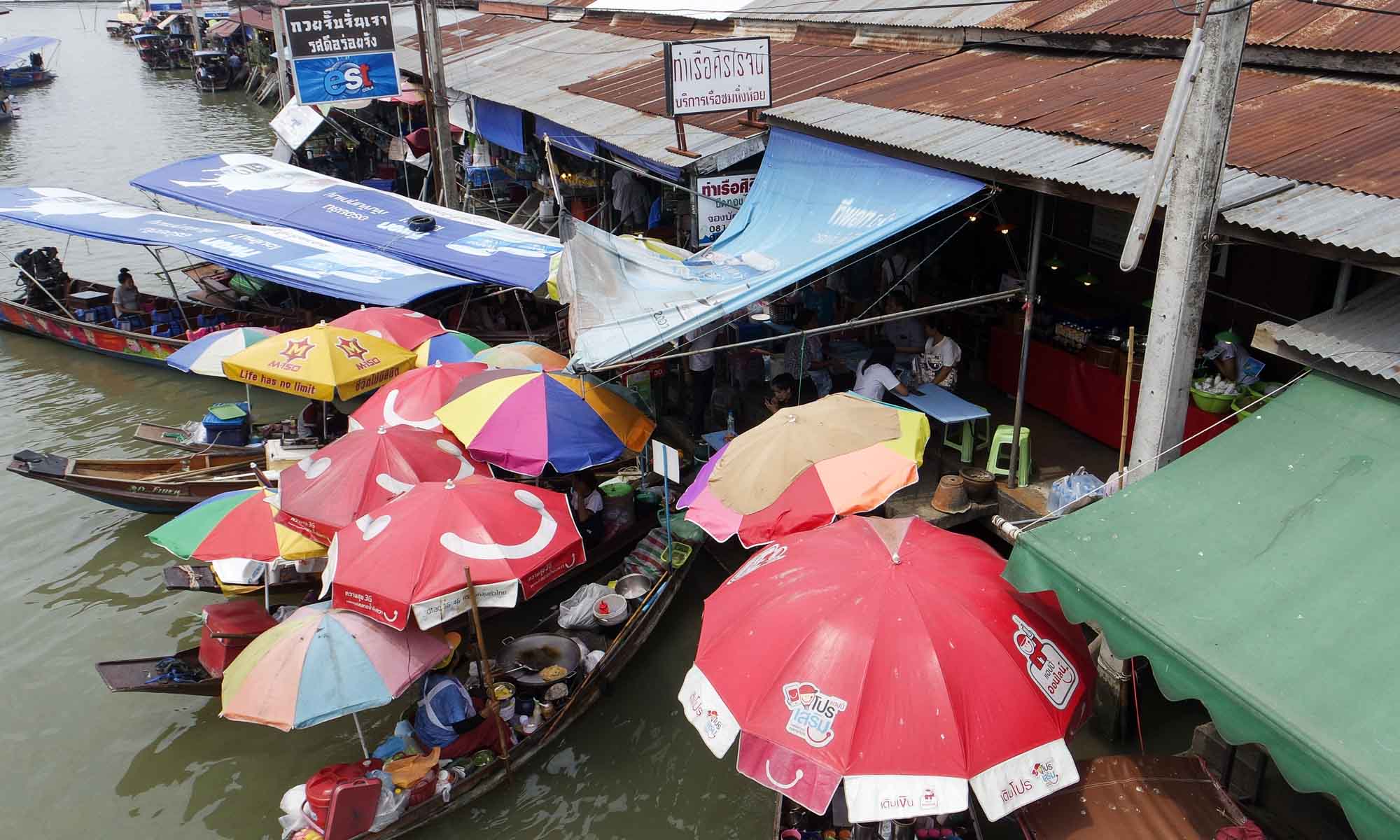
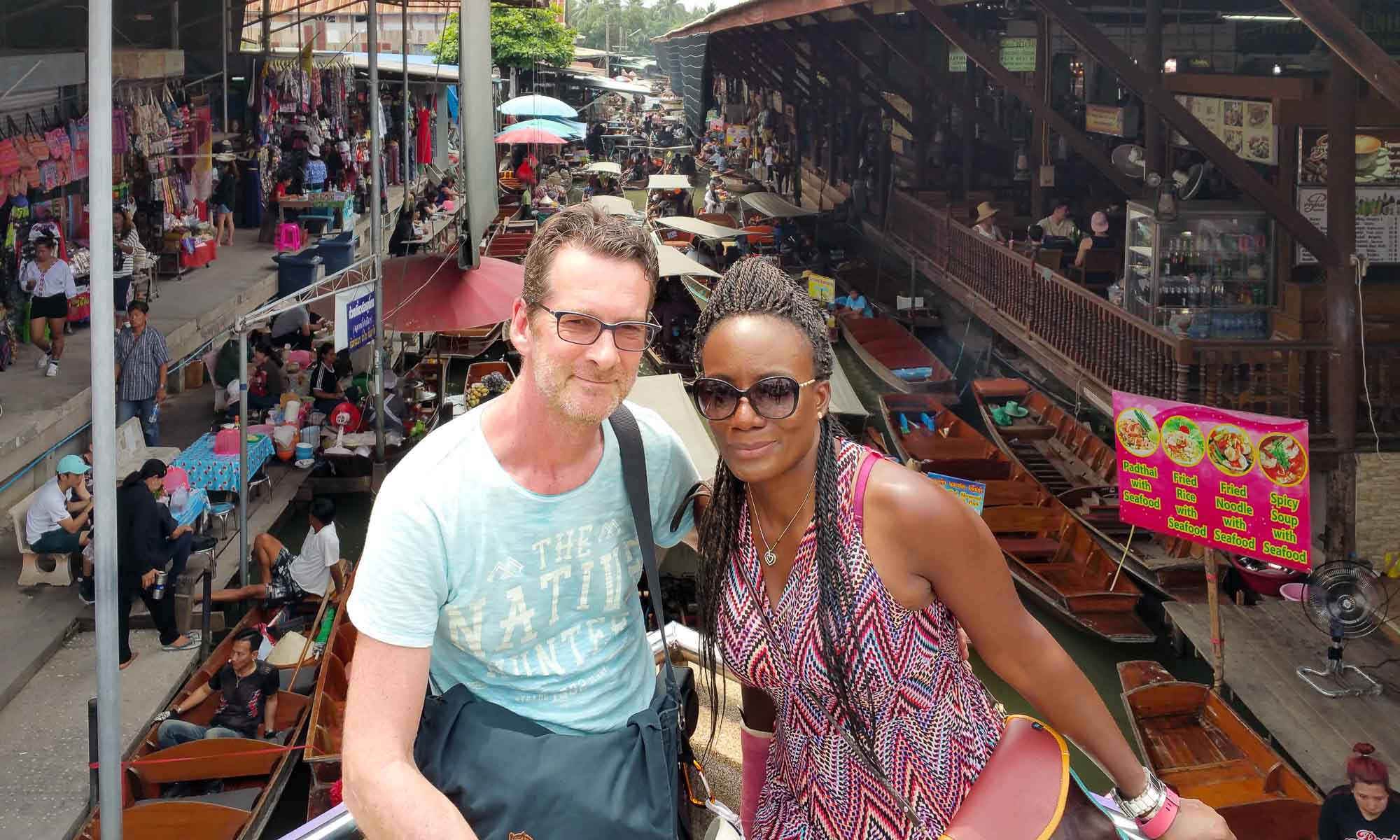
Getting to Bangkok
Though there are many options to get from Koh Lipe to Bangkok, our journey involved the use of a longboat, a speedboat, a minivan and a plane. From our research this was the fastest option, and one that did not require us travelling in a bus for several hours.
Koh Lipe to Pak Bara
Speedboats to Pak Bara depart at 9:00,9:30, 11:00 and 11:30 all year from the pontoon at Pattaya beach, and are usually run by Bhundaya resort. Our hotel kindly provided a longboat for the journey to Pattaya beach.
We purchased our tickets from 12goasia, and the servicing agent was Sukhothai Tour Hat Yai. Since they do not actually have their own speedboats, they partner with Bhudaya resort. Registration is required once on the beach, after which they take your voucher and give you a boarding pass. Since we had booked a transfer straight to Hat Yai, we were asked to make a picture of the voucher to show upon arrival at Pak Bara.
Pak Bara to Hat Yai
Upon arrival at Pak Bara, individuals from the various agencies met their customers at the pier. Unfortunately, we were not met by anyone from the agency and instead ventured outside the ferry terminal where we were then directed to a nearby store to meet our minivan driver.
The drive from Pak Bara to Hat Yai took approximately 2 hours and was on pretty decent roads.
Hat Yai to Bangkok
Several low-cost airlines including ThaiAir Asia and Nok Air have regular flights from Hat Yai to Bangkok for reasonable prices. We flew with Air Asia and though the flight was slightly delayed, all in all it was not a bad experience.
Getting around Bangkok
Bangkok has a very extensive bus system, and three rapid transit systems: the BTS Skytrain, the MRT and the Airport Rail Link. Currently these systems are run by different companies, as such it is not possible to buy a stored value card for use on all systems.
From the airport, we elected to make use of the public bus A1 which goes from the airport to the Chatuchak BTS station or the Mo chit MRT. Unfortunately due to getting stuck in traffic (which happens a lot in Bangkok) we walked the last 900m to the station.
In addition to the bus, MRT and the BTS, the following are also available: water taxis, taxis, tuk tuks, UBER and GRAB. We used GRAB several times during our stay in Bangkok, and loved the convenience, as well as the ability to circumvent the language barrier.
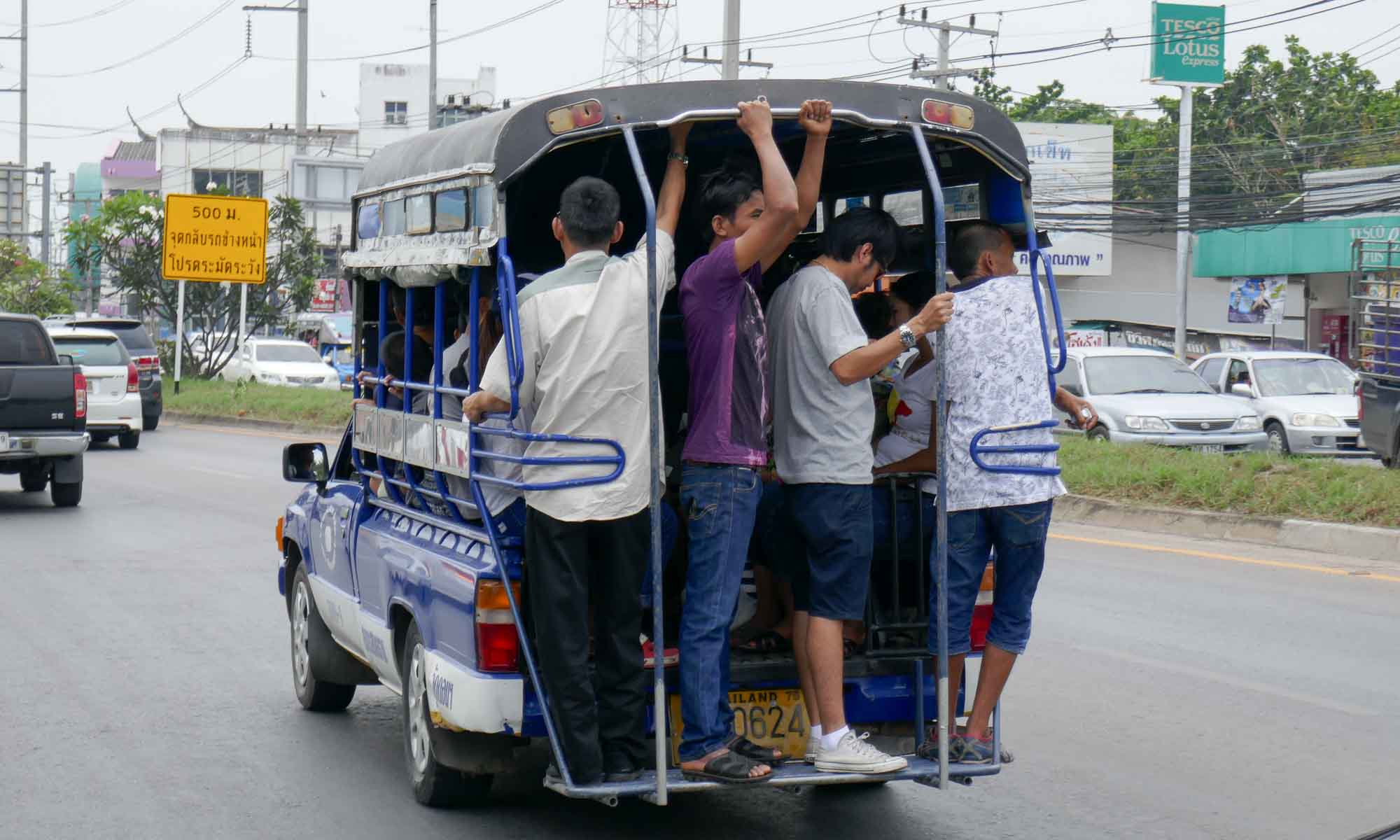
Shopping in Bangkok
Similar to Singapore, the shopping malls in Bangkok are actually also considered to be tourist attractions. When we did get stopped by a few friendly locals, they made sure to point out these malls, particularly the so-called counterfeit mall, MBK. While we did happen to venture into a few in an attempt to escape the heat or to seek out a food court, we did not do any shopping in Bangkok, but can definitely attest to the grandiose nature of the malls, the like of which I am yet to see in the US.
On a number of occasions, we had been requested (within a 100 m radius by 2 different individuals) to visit a government-run gem factory, as there was supposed to be a great sale on due to the fact that the gems would no longer be in production and as such that particular weekend was the best time to purchase the gems. While we did visit the factory, we left empty-handed, to the shop attendants disappointment.
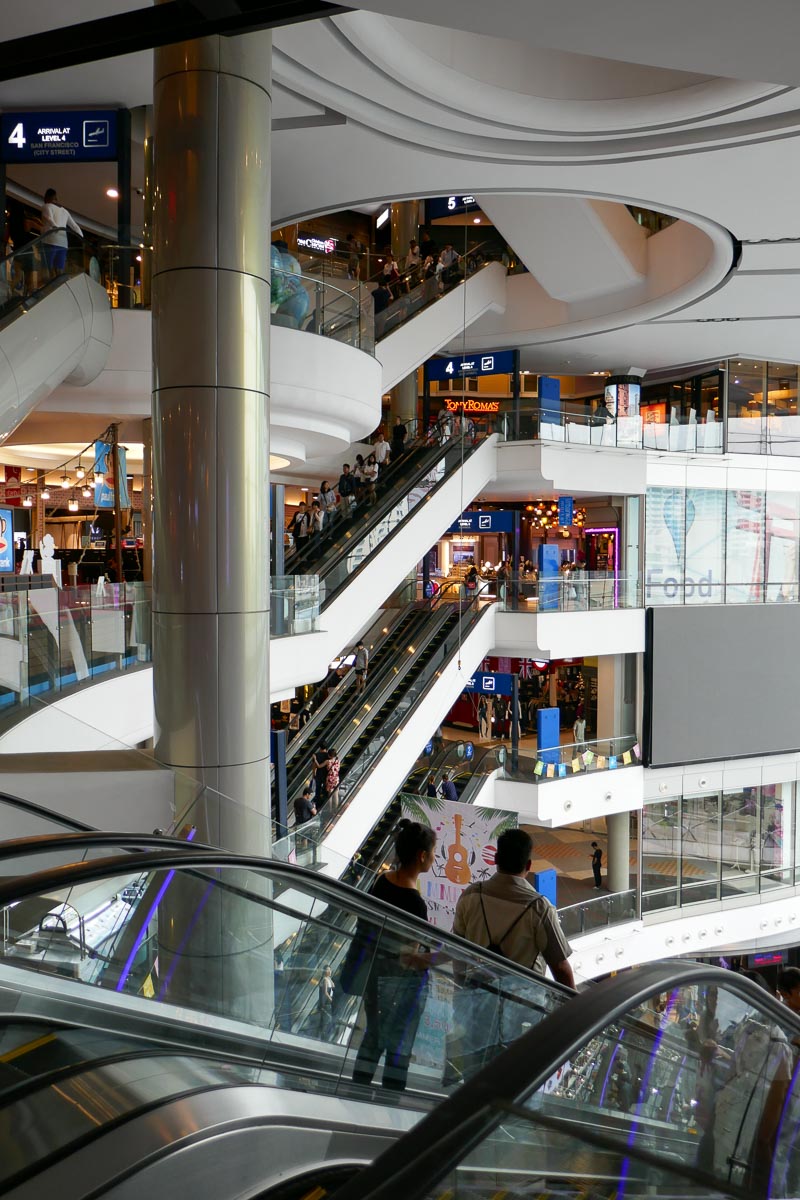
Sleeping in Bangkok
Being on the road for close to a month at this point, we booked the first four nights in Bangkok at a serviced apartment, Baan K Residence by Bliston, located off Sathorn Tai road. The apartment, while not close to the main tourist attractions, was located not far from either the Silom metro and Lumphini metro stations. A shuttle to the Silom metro is available on a first-come first-served basis.
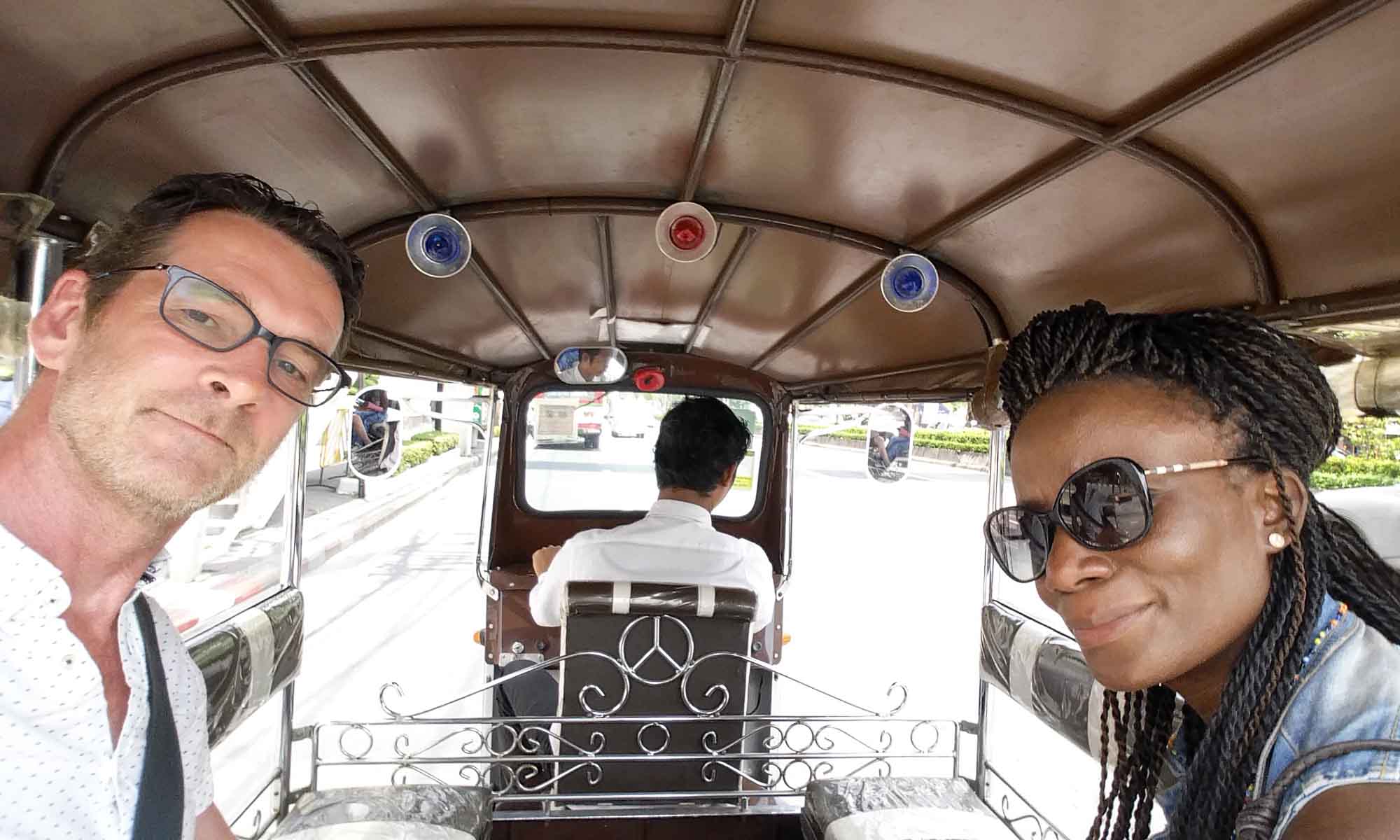
The apartment had a fully equipped kitchen, a large living room, and an equally large bedroom all decently furnished. On the ground floor of the building was a laundry room which definitely came in handy. Though breakfast was provided at an additional cost, we chose instead to get groceries and cook in the apartment.
